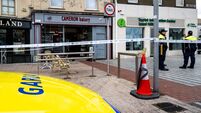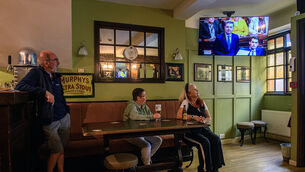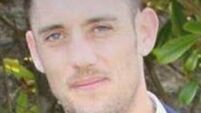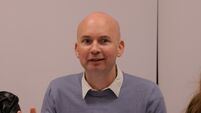Photo Essay: Cape Clear faces crossroads to avoid becoming ‘glorified old folks home’
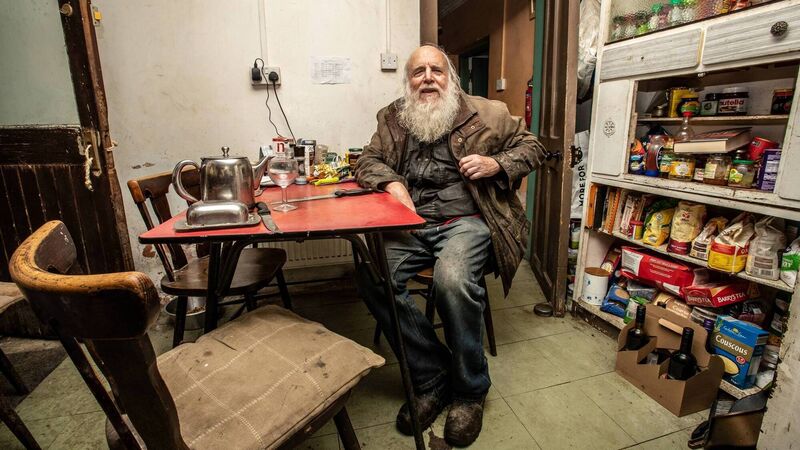
Goat herder Ed Harper at his home on Cape Clear Island.
For a blind man, Ed Harper has a lot of vision for the future of Cape Clear.
And his are visions shared with many on the island who believe its future is at a crossroads.
Indeed, some of them even believe it is in danger of becoming a “glorified old folks' home”, as one put it, because of its ageing population.
Like a number of the 100 or so full-time residents on Ireland’s most southerly island, the goat herder came there on holiday and never left.
At the time, there were about 180 people living on the island.
“It was a strong but declining community,” Ed, who has been blind since he was three, said of his arrival in 1973.
The 71-year-old father-of-two has 12 milking goats, 16 kids, and one breeder — all British Alpines, chosen because “they are very hardy”.
As well as getting milk from them, he also makes ice cream, cheese, and sausages, all of which he sells.
He also runs Distributed Atlantic Wireless Network (Dawn), one of the two companies providing broadband to islanders — and he has ambitions to provide high-speed broadband using two disused windmills.
He would also love to see the island harness its wind and wave energy and export it back to the mainland.
Like other islanders, he is aware its population is ageing, with most aged over 65.
And while the island used to support a thriving farming and fishing community, those involved in either community have dwindled considerably over the years.
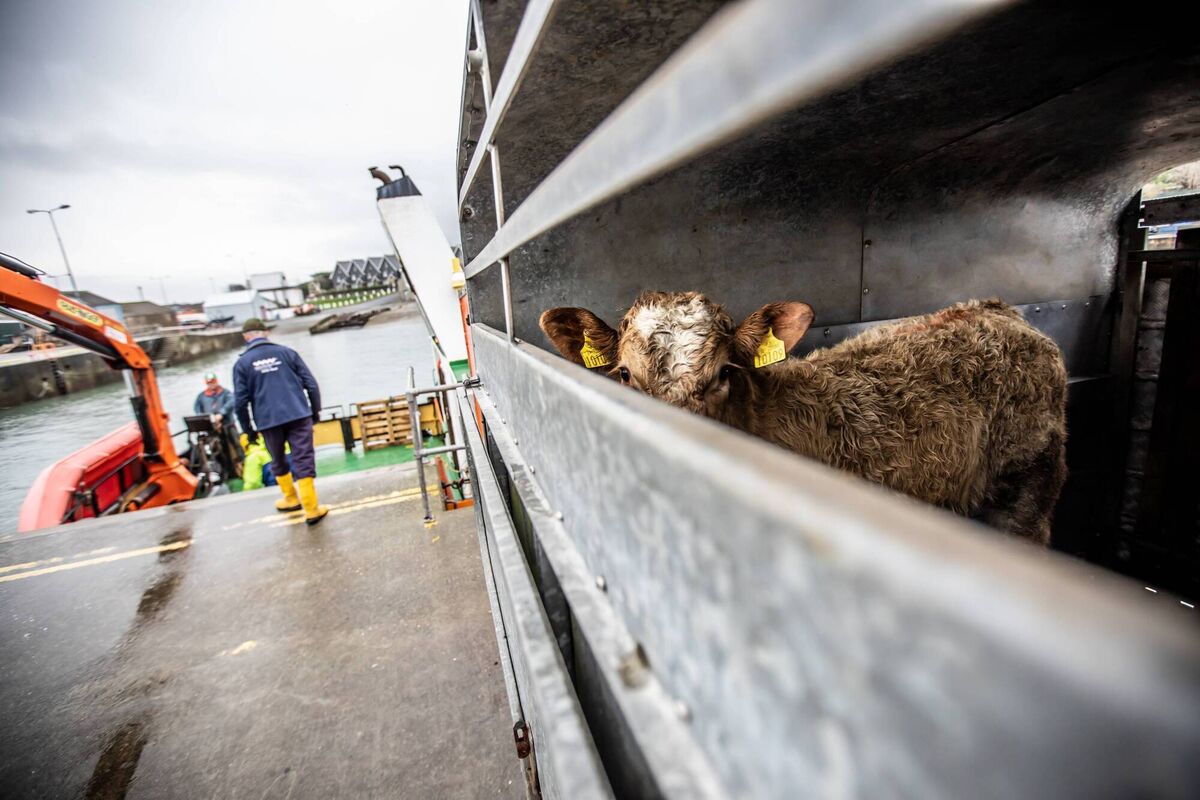
This summer, the population of the Irish-speaking primary school dropped to just two and it faced closure — something islanders are in dread of.
They know it would put off young families coming to the island.
Indeed, the prospect of closure reared its head in 2018 when management at the 152-year-old Scoil Náisiúnta Inis Chléire had to launch a nationwide campaign to find a teacher.
Cork City-based teacher Shane O’Neill saw the job being advertised and he took up one of the two posts.
That said, accommodation was such an issue at the time he started, that the sailing enthusiast — who sometimes flies from the island to the mainland in a small plane — had to sleep in his yacht moored in the harbour.
The second teaching position was filled just last month.
So while the school numbers had indeed dropped to just two, they are now back up to eight, much to the relief of those fighting to save the school.
The community’s fighting spirit, something you notice very quickly when you talk to islanders about their plans, will doubtless play a big factor in its future.
A perfect example of this on the island, whose coastal waters play host to basking sharks and minke whales, was the establishment last December of the Cape Clear Island Distillery.
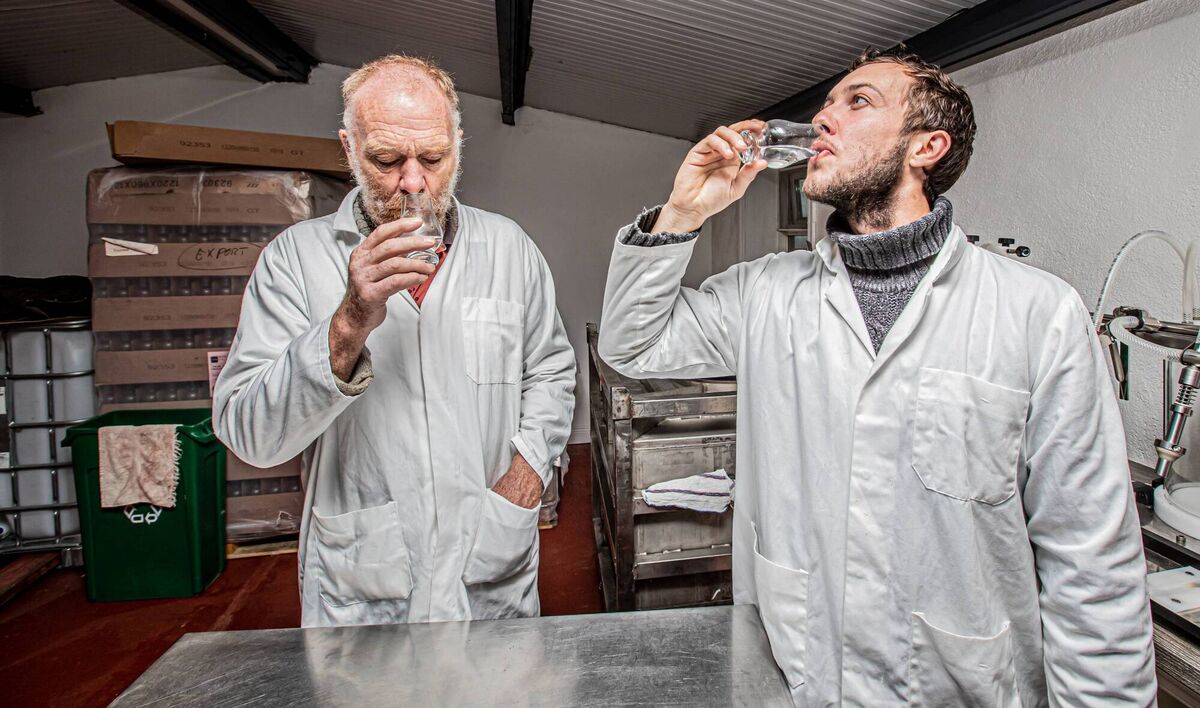
Despite launching just months before the pandemic, the gin has won multiple awards.
It has been set up with the dream it will one day provide jobs for future generations living on the island.
Seamus Ó Drisceoil, the founder and manager of the distillery, moved to the island in 1987.
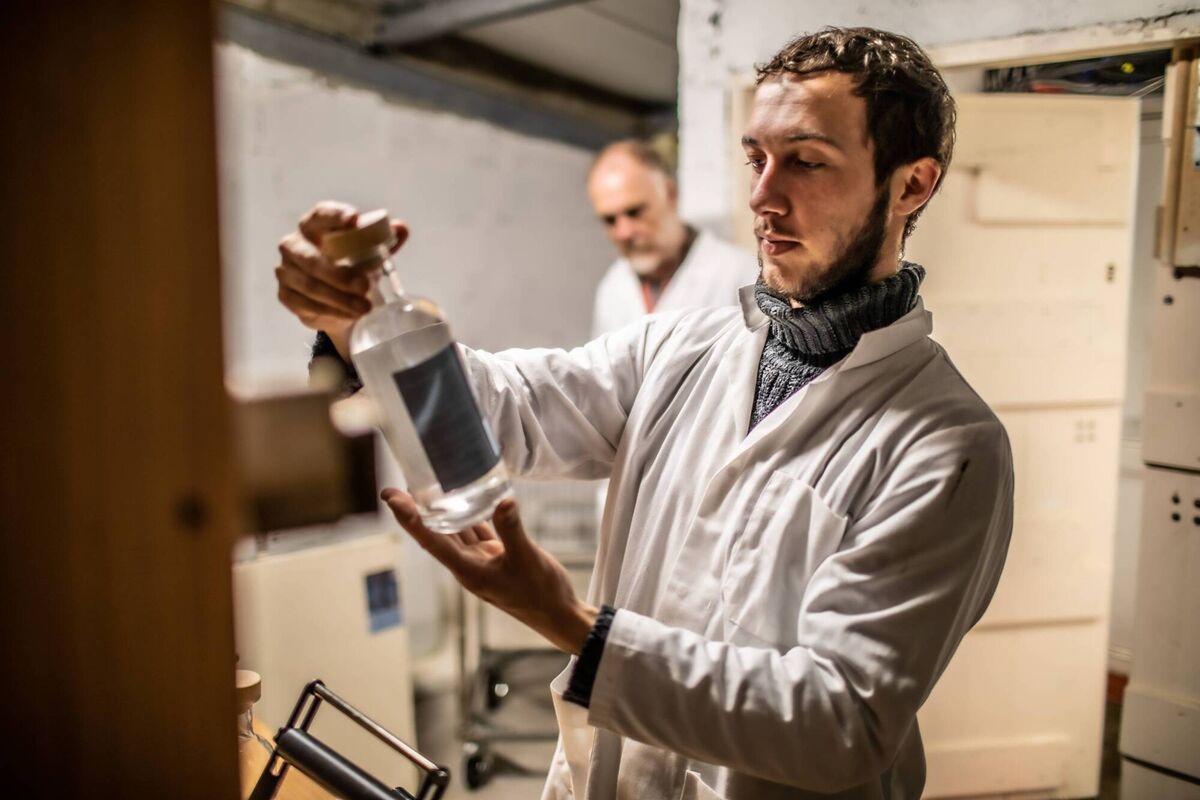
He was 27 at the time, and took up a job running Comharchumann Chléire Teoranta, the Cape Clear Cooperative.
Now run by Mairtín Ó Méalóid, it is where a new digital hub has only recently been set up for people who want to work remotely from the island.
People might think it foolhardy to expect the distillery to do as well as it has, but it’s a sentiment often thrown at the islanders.
Back in 1969, for example, the same was said when the cooperative opened.
One of the founders, Michael John Cadigan, has lived on the island all his life.
The 75-year-old, whose 37-year-old accountant daughter Mairead returned from her home in Dublin to the family home on the island during the pandemic, can rattle off key dates in its history, including the arrival of its first tractor in 1958, first car in 1962 and the introduction of running water mains in 1972.
That was just two years after electricity arrived.
“Up until then, people used to use oil lamps, and if you were lucky, you had your own well,” he recalled.
He, like many others, is very much in favour of the island being used as a source of alternative energy that can then be pumped into the national grid.
Indeed, there are now plans to revive the island’s wind energy role for the first time since a unique project was launched by the late Charles Haughey and a German firm in 1987.
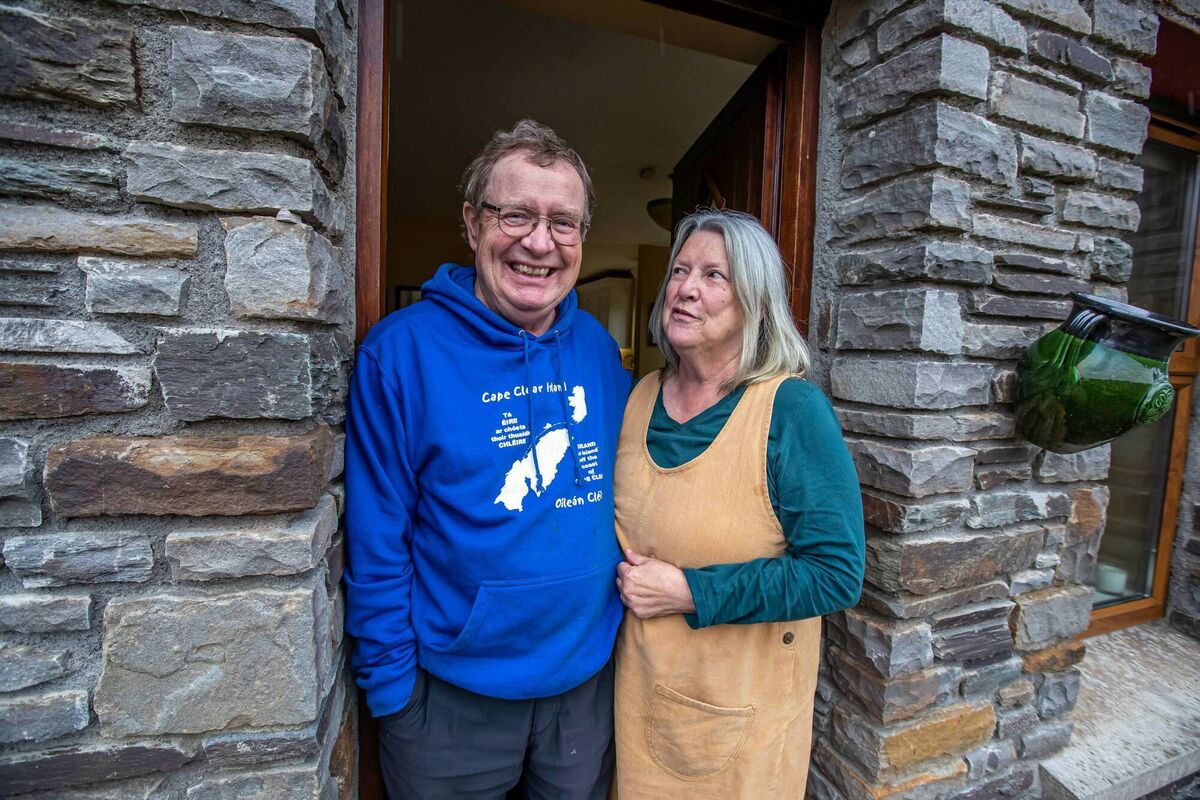
Then two 50ft wind-powered generators, in what was the first project of its kind in the world, were erected as part of a system integrating wind generation with diesel generators and battery power storage.
The island was used as a testing ground for the technology, but the project ended about 10 years later.
The two turbines, whose blades have long since disappeared, now loom ominously over the surrounding countryside like two dirty grey cocktail sticks plunged into the ground.
Local businesswoman Mary O’Driscoll, who runs a holiday cottage business and two of the island’s three pubs with husband Ciarán, is heavily invested in the island’s survival.
Ciarán recently applied to Eirgrid to be able to supply electricity into the national grid.
The couple are involved in a scheme to launch a community wind energy project, starting with one windmill.
They hope income from it will fund community projects.
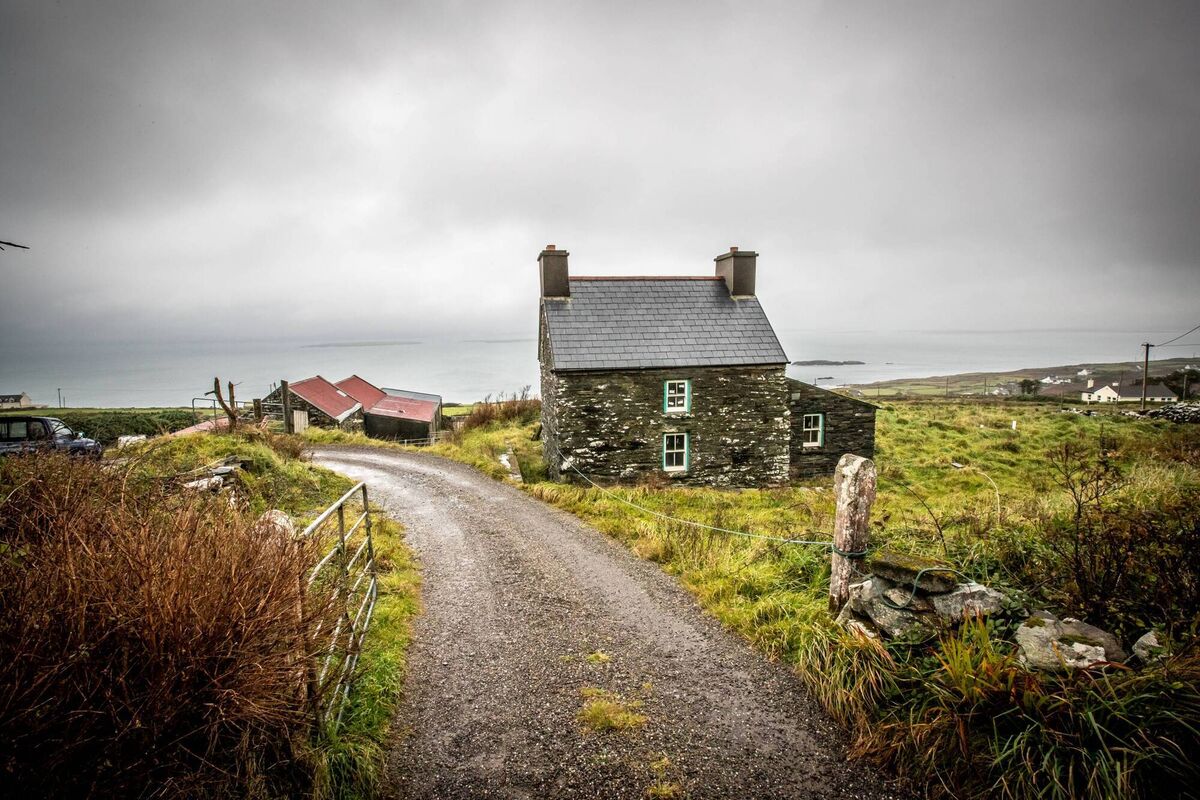
And one of those is a bid to encourage Cork County County and other bodies to back their bid to set up affordable housing schemes on the island.
“We face a lot of challenges,” says Mary, whose grandparents Jack and Julianne made a life together on the island in the early 1900s.
“But we are dealing with them.
“Selling renewable energy back to the mainland is one thing we can do. But sorting out the appalling housing situation is another.”
As well as being her tenants in one of her four holiday-let homes, Tralee-born Paul O’Sullivan and Dutch wife Thessa are parents to three of the children who have joined the school since September 1.
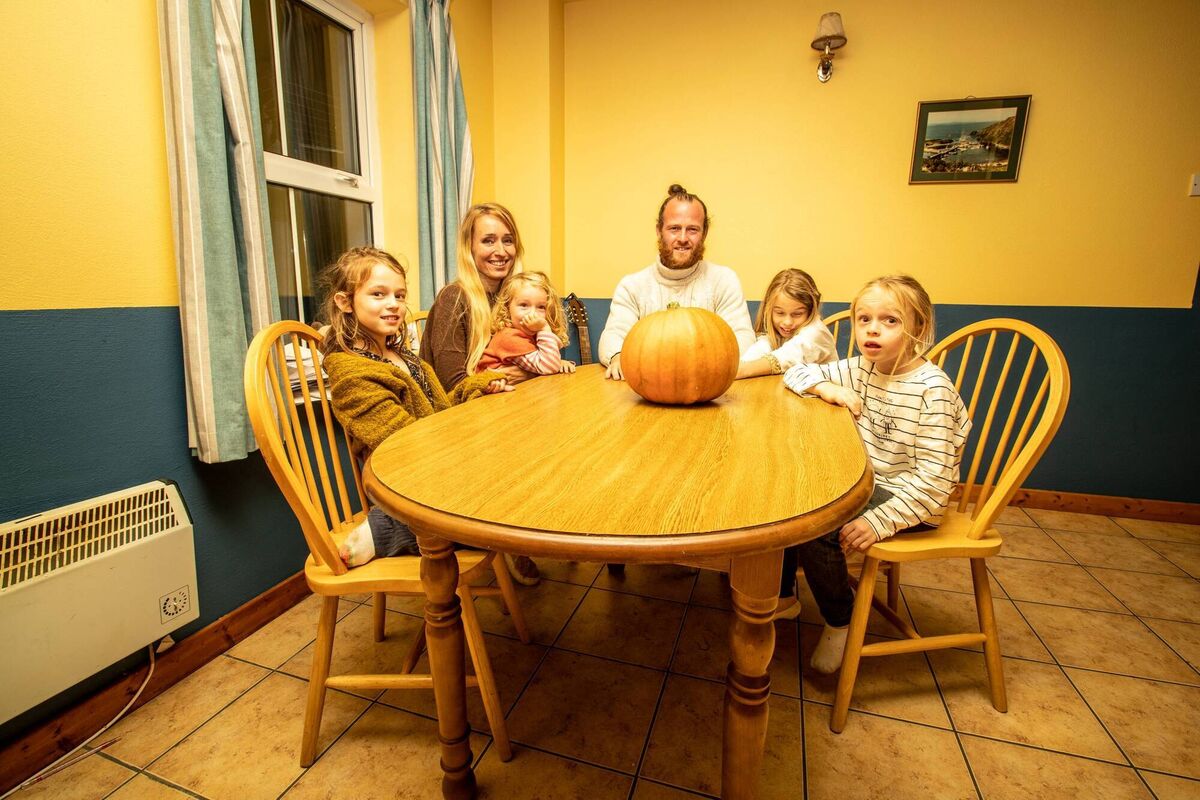
The former barman had previously lived with Thessa, 39, at the home they own in Castlegregory, Co Kerry, for 15 years.
“We always had it in our minds to give island life a try,” the 44-year-old, who had been toying with the idea of moving to the island since April, said.
“We are not anti-tech, we just like old Irish culture and we always wanted to see what it would be like to live on a low-population island.”
The couple, who have four young children, wondered whether 2020 was really the best year to move to the island, because of the pandemic.
But at the start of August, they decided to visit the island.
“Within 15 minutes of getting off the ferry and being on the island, we decided we would move there,” Paul recalled.
“We had walked up the hill from the harbour and then down the winding road to the school, and past the view of the South Harbour.
The couple, who had never set foot on the island before that day trip, moved there two weeks later, on August 27.
Three of their four children Isla, 3, Ben, 6, Sophie, 8, and Lilly, 9, promptly started at the primary school five days later.
Since the O’Sullivan children started at the school, there are now three more.
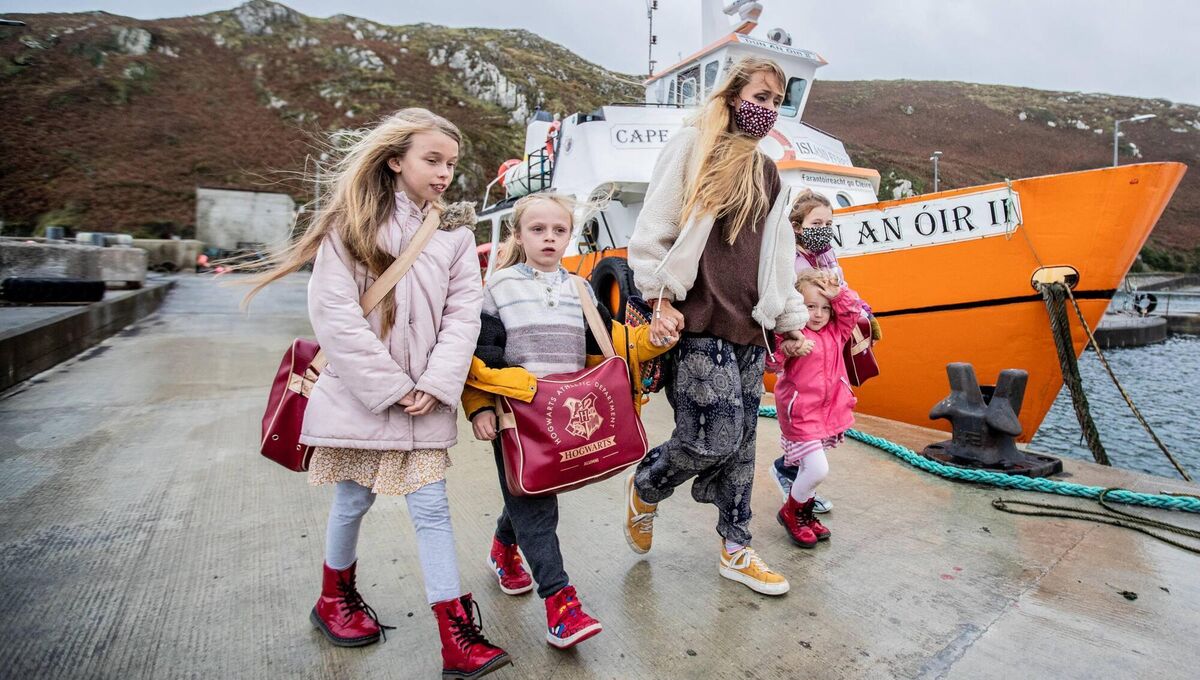
The new teacher who recently started at the school is the mother of two of them, and a German couple who moved to the island also have a young son at the school.
School numbers may yet increase even further by next March.
This is when Mary O’Driscoll and 18 other islanders hope to see the arrival of a family coming from war-torn Syria.
They have set up a community group to raise funds for the family, who will be brought into the country via a United Nations resettlement scheme that the Department of Justice is involved in.
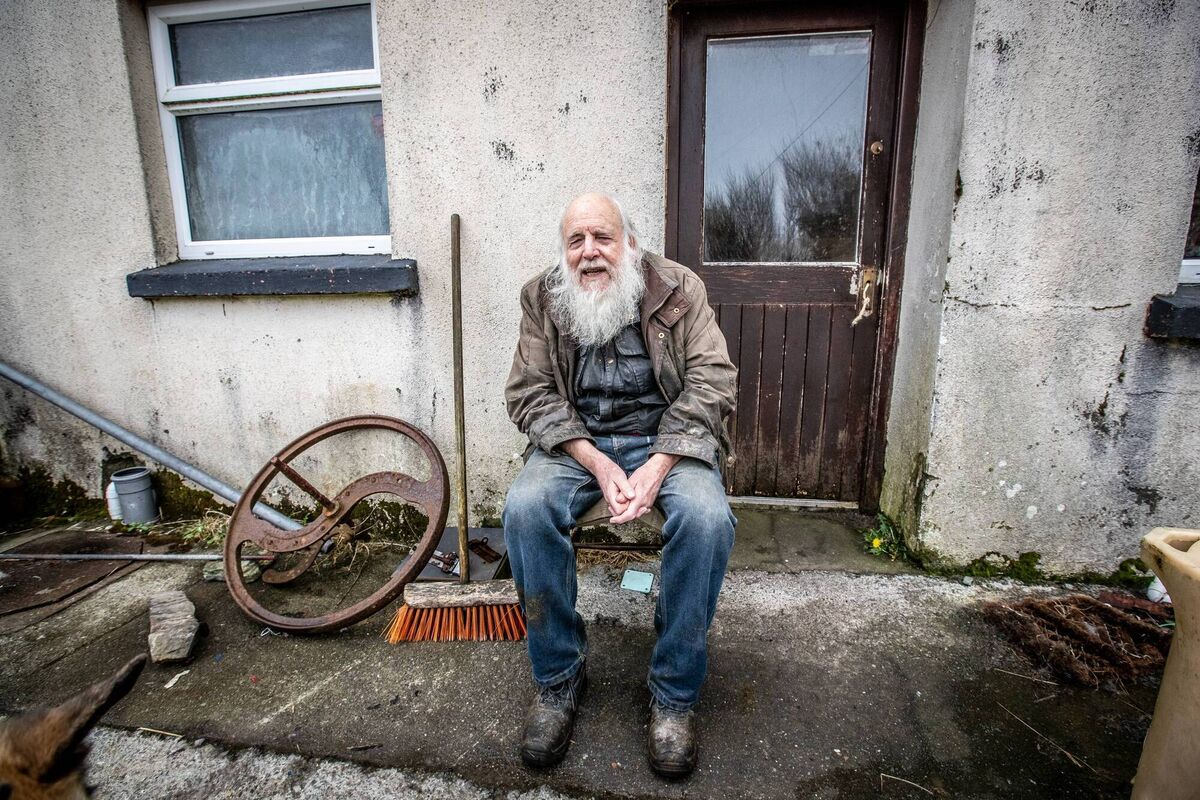
Ed Harper wonders aloud: “Do I think Cape Clear could become a glorified old folks' home?
“I really don't see the lights going out for decades yet, no matter how many times people try to write us off as a dying island.
“We are far from that.”
On his own visions for the island, he winks as he adds: “You don’t need to be able to see to have a vision.”






